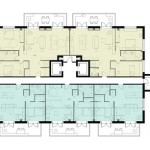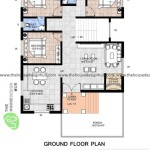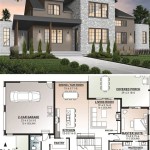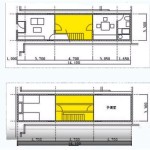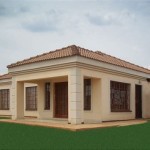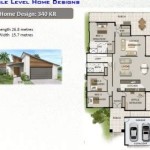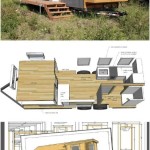Essential Aspects of Multi Level House Floor Plans
Multi level house floor plans offer numerous advantages, including better space utilization, distinct living areas, and enhanced privacy. Understanding the key aspects of such plans is crucial for making informed design decisions. Here are some fundamental considerations:
Structural Integrity
Multi level houses require robust structural systems to support the weight of multiple floors. The foundation, walls, and framing must be designed to withstand the increased loads and resist lateral forces. Proper engineering is essential to ensure the safety and stability of the structure.
Vertical Circulation
Connecting the different levels is of utmost importance. Stairs and elevators are the primary means of vertical circulation. Staircases should be strategically placed, have comfortable tread and riser dimensions, and comply with building codes for safety. Elevators may be considered for larger homes or those with occupants with mobility issues.
Flow and Connectivity
The floor plan should facilitate seamless movement between levels. Transition areas, such as landings and hallways, should be spacious and well-lit. The placement of rooms should consider their natural flow, with frequently used areas easily accessible from each level.
Privacy and Separation
Multi level homes offer excellent opportunities for privacy. By separating bedrooms and common areas on different floors, noise and disturbances can be minimized. Private balconies or terraces can provide additional outdoor spaces for relaxation and solitude.
Natural Light and Ventilation
Ensuring ample natural light and ventilation on all levels is crucial. Large windows, skylights, and strategically placed openings allow daylight to penetrate the interiors. Natural ventilation helps maintain indoor air quality and reduces the reliance on artificial lighting and ventilation systems.
Functionality and Flexibility
Multi level house plans should be tailored to the specific needs and lifestyle of the occupants. The layout should accommodate the desired room sizes, storage spaces, and functional areas. Consider future changes in family dynamics or lifestyle when designing the floor plan to ensure flexibility and adaptability.
Exterior Aesthetics and Integration
The exterior design of a multi level house should complement the overall architectural style and the surrounding environment. The facade, rooflines, and outdoor spaces should be cohesive and aesthetically pleasing. The integration of balconies, patios, or decks can enhance the connection between the indoors and outdoors.
Zoning and Regulation Compliance
Before finalizing the floor plan, it's essential to consult local zoning regulations and building codes. These regulations may impose restrictions on building height, setbacks, and other aspects that affect the design of the house. Compliance is vital to ensure the property meets all legal requirements.
By carefully considering these essential aspects, homeowners can create multi level house floor plans that maximize space, enhance privacy, and promote comfortable and functional living spaces.

4 Bedroom Split Level House Plan 2136 Sq Ft 2 Bathroom

Split Level House Plans And Foyer Floor
Split Level Homes Designs G J Gardner

Contemporary Style House Plan 4 Beds 2 5 Baths 2495 Sq Ft 17 2798 Split Level Plans Floor

Familyhomeplans Com Plan Number 45253 Order Code 01web Split Level House Plans Modular Home Floor

Modern Split Level House Plans And Multi Floor Plan Designs

Split Level House Plans Home Design 3266

Gallery Of Split Level Homes 50 Floor Plan Examples 13

Split Level House Plan With Game Room 39299st Architectural Designs Plans

Split Level House Plans And Foyer Floor

